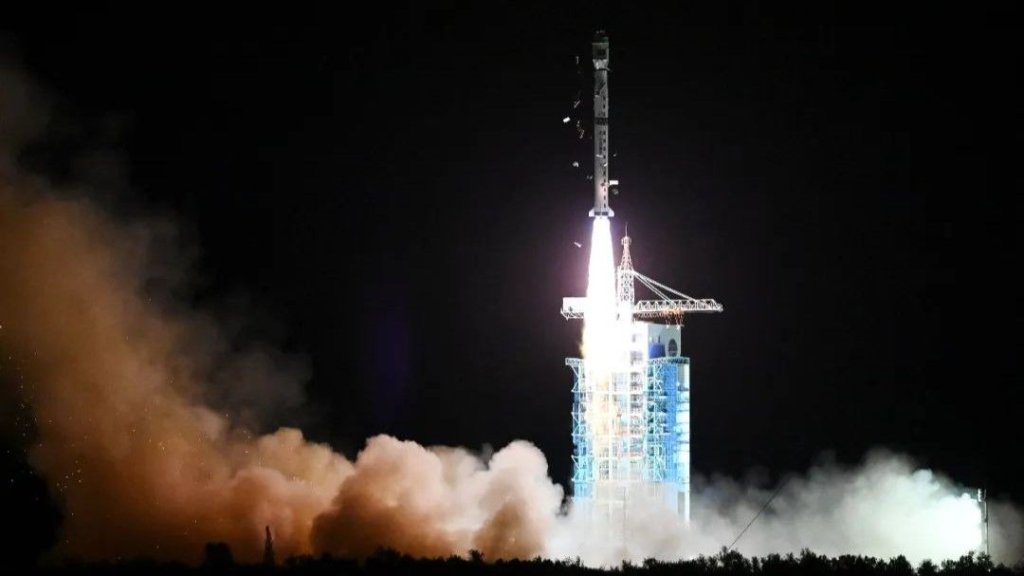China has launched another new Yaogan reconnaissance satellite.
A Long March 4C rocket lifted off from Jiuquan Satellite Launch Center in the Gobi Desert at 4:15 p.m. EDT on Sept. 26 (2015 GMT; 4:15 a.m. Beijing Time on Sept. 27).
The China Aerospace Science and Technology Corporation (CASC) announced the successful launch within an hour of liftoff, confirming the previously undisclosed payload as Yaogan 33 (04) — meaning a fourth satellite in the Yaogan 33 series.
Related: China’s space program: Latest news and photos
The launch follows the liftoff of the third Yaogan 33 satellite earlier this month. That spacecraft also flew on a Long March 4C that launched from Jiuquan.
Yaogan 33 (04) has been tracked in a near-polar, 422-by-428 mile-high (680 by 688 kilometers) orbit by the U.S. Space Force.
As with the previous Yaogan missions, no details of the spacecraft were revealed. Chinese state media stated that the satellite will be used for “scientific experiments, land resources surveys, crop yield estimation and disaster prevention and relief.”
Earlier reporting suggests the Yaogan 33 group are a series of space-based synthetic aperture radar (SAR) satellites. SAR satellites can obtain detailed images of the ground through clouds and during the night.
Yaogan satellites are, in general, classified Chinese remote sensing satellites considered by Western observers to be for military purposes.
The launch was China’s 45th of 2023. It follows a week after the country’s first launch failure of the year, when a Ceres-1 solid rocket operated by the commercial outfit Galactic Energy failed to reach orbit.

